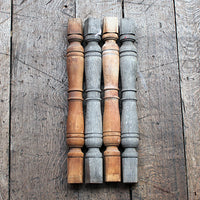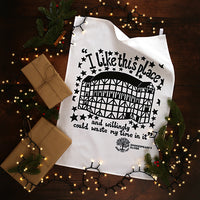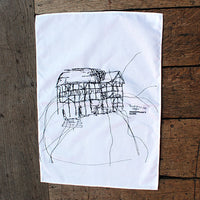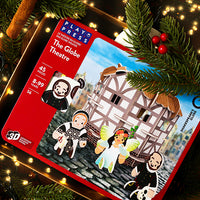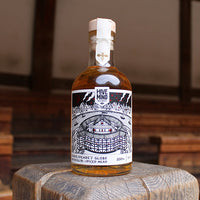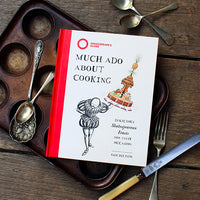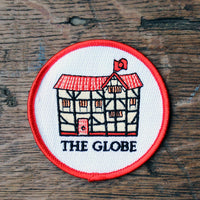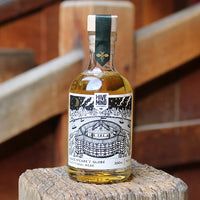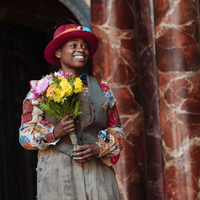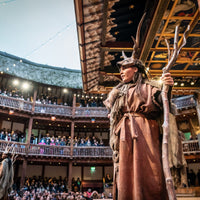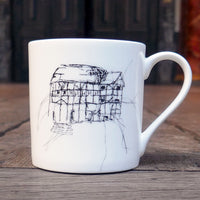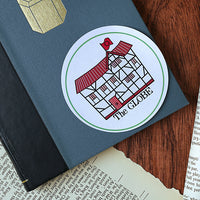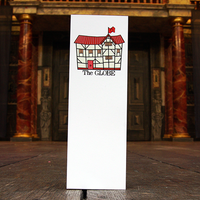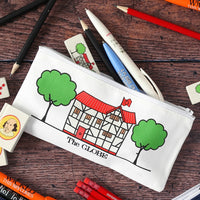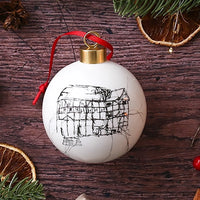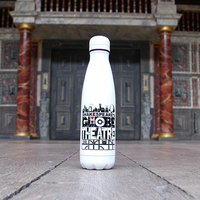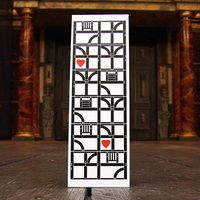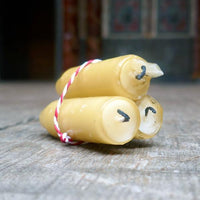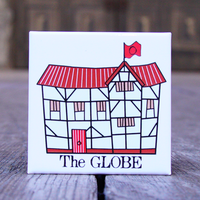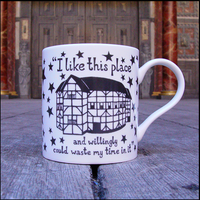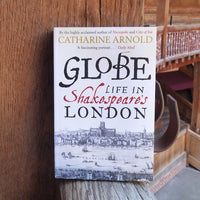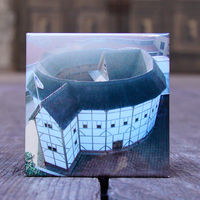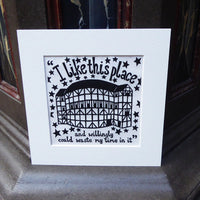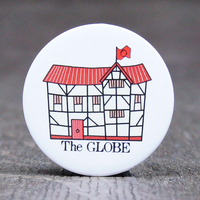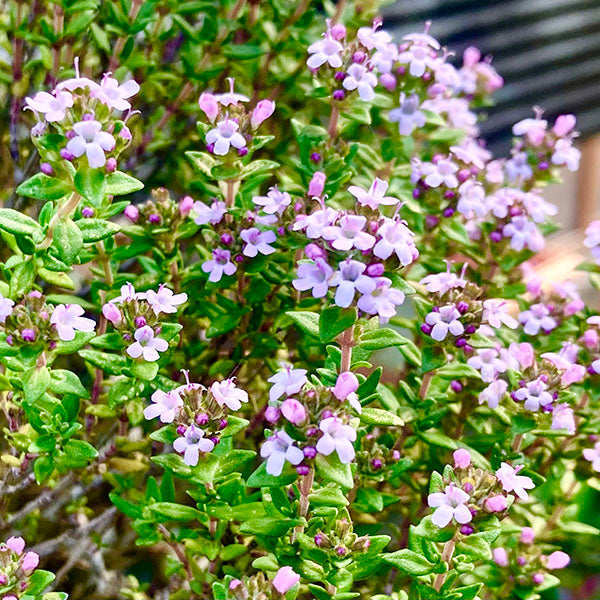
“Small herbs have grace, great weeds do grow apace.”
York. Act 2. Richard III
Gardens feature in 29 scenes in Shakespeare’s plays and the Bard mentions plants over 200 times in his writing, often using them as metaphors for love, death and the human condition.
The Elizabethan period was a hotbed of innovation in gardening and botany, and it is known that Shakespeare visited many of London’s formal gardens. He also would undoubtedly have been familiar with the work of herbalists such as John Gerard.

Elizabethans loved to garden, and their patches of green were as much for pleasure as for growing food. Gardens 400 years ago would have included vegetables, fruiting trees and healing herbs, alongside flowering plants. More formal ‘knot’ gardens with their intricate hedging were also popular among the well-to-do.
While it can sometimes be difficult to reconcile Shakespeare’s descriptions of plants with modern day varieties, many plants are still familiar to us, growing in gardens like mine.
Shakespeare often uses plants descriptively, to create a picture in the audience’s mind as with this quote above from A Midsummer Night’s Dream.
“I know a bank where the wild thyme blows,
Where oxlips and the nodding violet grows,
Quite over-canopied with luscious woodbine,
With sweet musk-roses and with eglantine”
Oberon. Act 2. A Midsummer Night’s Dream

Oberon, king of the fairies is describing Queen Titania’s resting place with the impish Puck. These are all wild variants of today’s common garden flowers – oxlips are related to cowslips, although larger. Woodbine is an old name for honeysuckle. The musk rose is another name for the wild field rose (Rosa arvensis) and eglantine is a name for the dog roses (Rosa rubiginosa) which climb my South London fence. Although I don’t have wild thyme in my garden, I do have a variety called Jekka’s Thyme which has an abundance of tiny purple flowers in spring.
As today, many plants and herbs were grown by the Elizabethans as much for their beauty and scent as for their medicinal and culinary properties.
John Worlidge writing about 60 years after the death of Shakespeare in his book Systema Horticulturae, tells us, “there is scarcely a cottage in most of the southern parts of England, but hath its proportionable garden, so great a delight do most men take in it, that they may not only please themselves with the view of the flowers, herbs, and trees, as they grow, but furnish themselves and their neighbours, upon extraordinary occasions, as nuptials, feasts, and funerals."
 My own small garden is in a leafy corner of South London about a 40-minute journey from the Globe Theatre. I grow many plants that Shakespeare would recognise, although he may have had different names for some of them (I also suspect my garden is rather messier than the formal gardens of Elizabethan London!) The climbing dog roses that are forever trying to escape over my neighbour’s fence, the self-seeding aquilegia (columbine) and tidy geraniums that thrive in the shade, and the wild violets that grow in every crack and crevice on the patio, would all be familiar to Shakespeare.
My own small garden is in a leafy corner of South London about a 40-minute journey from the Globe Theatre. I grow many plants that Shakespeare would recognise, although he may have had different names for some of them (I also suspect my garden is rather messier than the formal gardens of Elizabethan London!) The climbing dog roses that are forever trying to escape over my neighbour’s fence, the self-seeding aquilegia (columbine) and tidy geraniums that thrive in the shade, and the wild violets that grow in every crack and crevice on the patio, would all be familiar to Shakespeare.
“There’s rosemary, that’s for remembrance.
Pray you, love, remember.
And there is pansies, that’s for thoughts.”
“There’s fennel for you, and columbines.
There’s rue for you, and here’s some for me.
We may call it herb of grace o’ Sundays.”
Ophelia. Act 4. Hamlet
Shakespeare's plays are full of references to herbs. He often uses herbs symbolically and Elizabethan theatregoers would have understood the specific character traits that each herb represented.

Often used symbolically or to reflect specific character traits or plot points. Some prominent herbs include rosemary, fennel, rue, and marjoram, each with its own unique significance. In the above quote from Hamlet, we have rosemary a signifier for remembrance and fidelity, rue for regret and sorrow, and fennel for flattery and strength.
I enjoy cooking and grow a lot of herbs in my garden, including, marjoram, rosemary, mint, sage and thyme which would all have been mainstays of the Elizabethan garden.
It seems, when it comes to plants and gardening, not much has changed in England’s plots in 400 years. Maybe if we were suddenly faced with a time-travelling ancestor, we would find common ground growing in a South London back garden!
Written by Meghan (Head of Retail)

